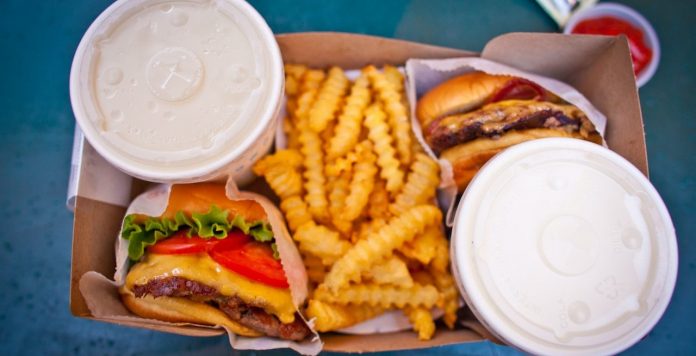With a looming recession, the QSR industry has been brainstorming ways to soften the expected blow to business. Many brands have been experimenting with new technology to help reduce the demand for labor and combat recent price inflation. However, technology is not yet advanced enough to supplant the human element in QSR locations, and with a recent push to increase minimum wage policies across the country, that labor is becoming increasingly expensive.
Brands will need to adapt in other ways than simply replacing workers with new tech to weather an economic recession. We’ve been tracking how a recession would affect the QSR industry and looking at what role technology can play in lowering the cost of employment. Here are some of the most important takeaways on how QSR brands can adjust their operations to recession-proof their business:
Finding a New Balance of Labor and Volume
Although the industry added back many of the jobs lost during the pandemic, most restaurants remain understaffed. According to the National Restaurant Association, 62 percent of operators say their restaurant needs more employees to support customer demand. With the increased volume, assets like self-order kiosks and app-based delivery allow workers to focus their time and energy on fulfilling orders instead of interacting with certain customers or performing tedious tasks. Smart kitchen equipment, such as automated stove tops and automatic recycling oil fryers, make order fulfillment easier, faster, and more consistent. An owner of 31 franchised KFCs and Taco Bell locations claims that by automating his cooking oil system, he not only saves labor on lugging 35-pound jugs across the floor but also receives data that he uses to improve operations.
Using technology that drives volume and throughput will allow QSR managers greater flexibility over how and where to focus human resources. As minimum wage policies continue to gain momentum, the key will be to balance the increase in revenue with the increased labor cost to find a new bottom line. There may need to be the same amount or more human workers on site, but the tasks they perform will be different or supported by new technology and aimed at meeting the increased volume of orders.
Improving Communication with Customers
With inflation increasing at record levels, it will be critical for QSR brands to easily relate the costs of materials, sourcing, and labor to customers clearly and concisely. Smart menus and app-based ordering are examples of platforms that allow brands to relay information to customers in real-time, saving time and resources in communicating or justifying a price change.
During the pandemic, menu prices frequently changed, and products were often out-of-stock due to supply chain shortages. Updating each price change and physically adding an “unavailable” sticker to traditional signage was time-consuming and inefficient. Thus, automation of product updates was essential. Using a combination of data and AI, digital signage can suggest available or lower-cost menu items, considering factors such as a recession or supply chain disruptions.
Historically, whenever difficult economic times hit the country, there has been an increase in the frequency of “value” or “deal” meals offered by QSRs. It is certain that as a recession becomes more apparent that many brands will increase their efforts accentuating deals and certain value items to maintain a competitive edge. Using platforms that can quickly notify or entice customers to these value-centric items will help maintain the brand’s bottom line and ensure that value is associated with the brand.
Consolidating to Eliminate Waste
A strategic move to help drive average check size and bottom-line profitability has been to combine brands into one consolidated location. The KFC-Taco Bell collaboration is likely to ring a bell. Combining two different consumer bases under one roof can make bringing products to consumers more accessible and cost-effective, help eliminate waste in supply chains, and drive more people to a location with a more extensive, diverse menu.
With increasing prices of goods, inflation, and supply chain disruptions, managers that oversee a consolidated QSR location have greater security that goods will be delivered on time and save money sourcing products to the restaurant. Technology, such as AI software, is now being used to help identify where improvements can be made to make the sourcing process even more efficient and cost effective.
As the QSR industry braces for a potential recession, it is apparent that technology will be used in many new ways to boost profitability. However, it is not through fully automating kitchens and customer service positions. A greater focus must be placed on adjusting operations using supportive technology. That is what will truly make the difference. Identifying where human resources are best utilized, improving communication with customers, and eliminating waste and unnecessary costs are examples of operational changes that have already proven successful. With the addition of smart technologies and expanding AI, improvements will be made with even greater efficiency.
Published By: Modern Restaurant Management




